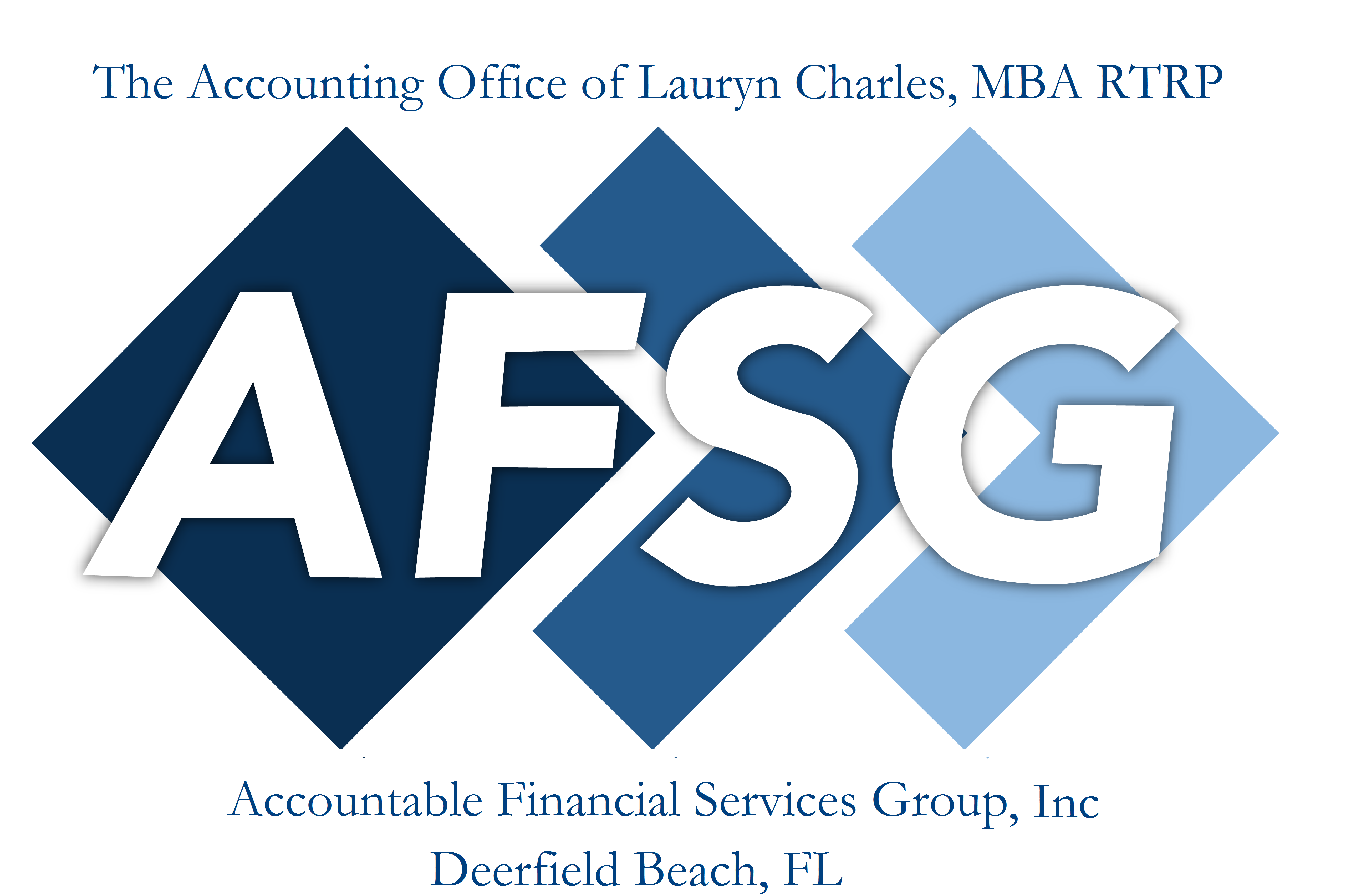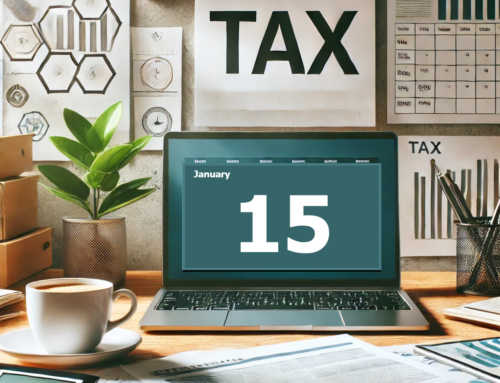IRS Issue Number: IR-2020-48
Tax Time Guide: Payment options available for those who owe
WASHINGTON — The Internal Revenue Service today reminded taxpayers that if they need to make a tax payment or owe and can’t pay, the IRS offers several options.
This news release is part of a series of IRS tips called the Tax Time Guide, designed to help taxpayers file an accurate tax return.
This year’s tax-filing deadline is April 15. Taxpayers should know before they owe. The IRS encourages all taxpayers to check their withholding with the IRS Withholding Estimator.
Taxpayers who do end up owing taxes this year can choose among the following quick electronic payment options:
- Electronic Funds Withdrawal (EFW). This option allows taxpayers to file and pay electronically from their bank account when using tax preparation software or a tax professional. EFW is free and only available when electronically filing a tax return.
- Direct Pay. Direct Pay is free and allows taxpayers to securely pay their federal taxes directly from their checking or savings account without any fees or preregistration. Taxpayers can schedule payments up to 30 days in advance. After submitting a payment through Direct Pay, taxpayers will receive immediate confirmation. They can opt-in to receive email notifications about their payments each time they use Direct Pay.
- Credit, Debit Card or digital wallet. Pay online, by phone or with a mobile device through any of the authorized payment processors. The processor charges a fee. The IRS doesn’t receive any fees for these payments. Go to IRS.gov/payments for authorized card processors and phone numbers.
- IRS2Go. The IRS2Go mobile app is free and offers taxpayers the option to make a payment with Direct Pay for free, or by debit, credit card or digital wallet through an approved payment processor for a fee. Download IRS2Go free from Google Play, the Apple App Store or the Amazon App Store.
- Electronic Federal Tax Payment System. This free service gives taxpayers a safe and convenient way to pay individual and business taxes by phone or online. To enroll and for more information, call 800-555-4477, or visit eftps.gov. Both business and individual taxpayers can opt-in to receive email notifications about their payments.
- Cash. Taxpayers paying with cash can use the PayNearMe option. Payments are limited to $1,000 per day, and a $3.99 fee applies to each payment. The IRS urges taxpayers choosing this option to start early because PayNearMe involves a four-step process. Initiating a payment well ahead of the tax deadline will help taxpayers avoid interest and penalty charges. The IRS offers this option in cooperation with OfficialPayments and participating retail stores. Details, including answers to frequently asked questions, are at IRS.gov/paywithcash.
Taxpayers must file their 2019 tax returns by April 15, 2020, or request a six-month extension; however, any taxes owed are still due on April 15. If they can’t pay, taxpayers should still file an extension to avoid the higher penalties for not filing at all.
Extensions can be requested using Free File, by filing Form 4868 or by paying all or part of the income tax due and indicating that the payment is for an extension or Form 4868 using Direct Pay, the Electronic Federal Tax Payment System (EFTPS) or a credit or debit card. Taxpayers paying electronically do not have to file a separate extension form and they receive a confirmation number for their records.
Taxpayers who choose to pay by check or money order should make the payment out to the “United States Treasury.” To help ensure that the payment gets credited promptly, also enclose a Form 1040-V payment voucher. Also, print on the front of the check or money order: “2019 Form 1040”; name; address; daytime phone number; and Social Security number.
Taxpayers can go to IRS.gov/account to securely access information about their federal tax account. They can view the amount they owe, pay online or set up an online payment agreement; access their tax records online; review their payment history; and view key tax return information for the current year as originally filed.
Owe tax? IRS has a plan − Taxpayers who owe but cannot pay the balance in full have options and should not delay in resolving their balance. Interest and penalties grow the longer the debt is owed. Often, these taxpayers qualify for one of several relief programs.
Most individual taxpayers and many business taxpayers may qualify to use Online Payment Agreement to set up a payment plan.
Available payment plan options include a full-pay agreement, a short-term plan of up to 120 days to pay in full, or a long-term monthly payment plan (installment agreement). The amount owed and tax filing compliance determines which payment plan options may be available
Taxpayers can setup a plan on IRS.gov/paymentplan in a matter of minutes. There is no paperwork, there is no need to call, write or visit the IRS. Setup fees may apply for some types of plans.
Offer in Compromise − Some taxpayers may qualify for an Offer in Compromise. This is an agreement between a taxpayer and the IRS that settles the taxpayer’s tax liabilities for less than the full amount owed. To help determine eligibility, individual taxpayers may use the Offer in Compromise Pre-Qualifier, a free online tool available on IRS.gov.
Taxpayers can find answers to tax questions, tax forms and instructions and easy-to-use tools online at IRS.gov 24 hours a day, seven days a week. No appointments needed and no waiting on hold.
__________________
If you need a professional to help represent you when dealing with the IRS, call AFSG today!


